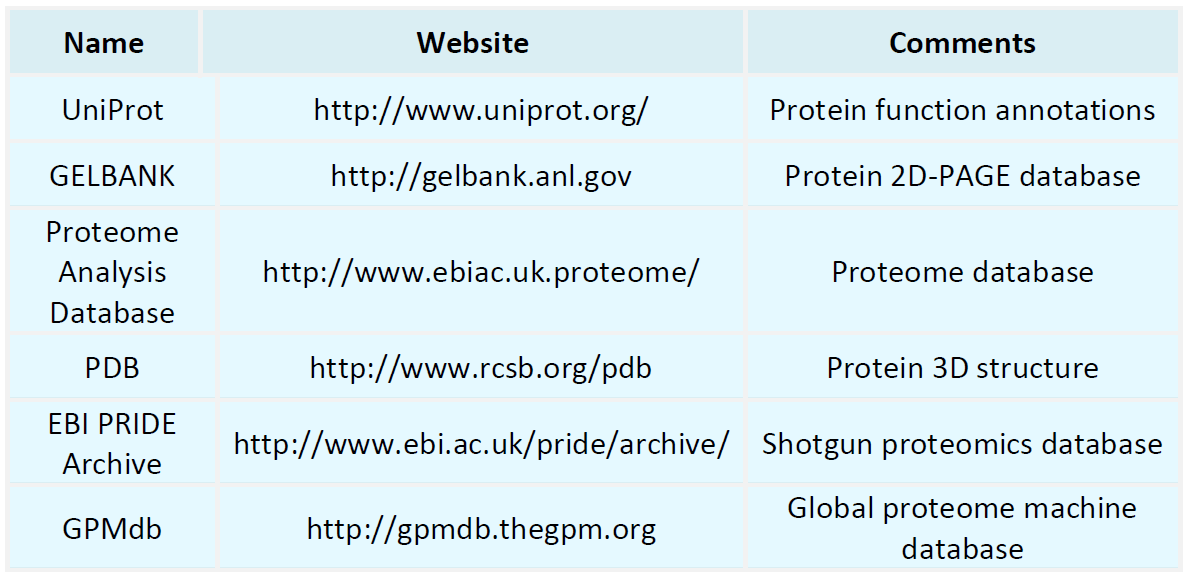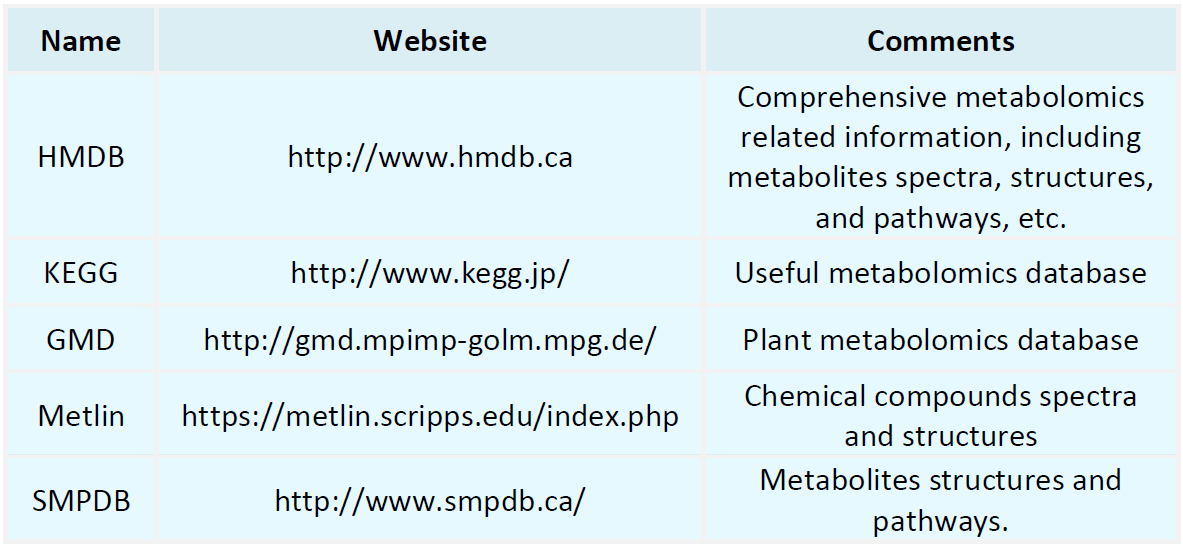Resources
Proteomics Databases

Metabolomics Databases

-
• What Techniques are Available for Detecting Post-Translational Modifications?
In the field of biopharmaceuticals, post-translational modification (PTM) detection is a critical step in quality control and drug development processes. PTM refers to a series of chemical modifications, such as glycosylation, phosphorylation, acetylation, etc., that occur on proteins after translation, thereby influencing protein structure, function, and stability. Accurate detection and analysis of PTMs are essential to ensure the safety, efficacy, and consistency of drugs.
-
• Can Ubiquitin Detection Elucidate the Key Role of Protein Ubiquitination in Disease Progression?
With the development of ubiquitin detection methods, researchers have started studying the crucial role of protein ubiquitination in disease progression. This article will discuss the importance and methods of ubiquitin detection, with a focus on whether ubiquitin detection can elucidate the key role of protein ubiquitination in disease development.
-
• Isoelectric Point Determination of Antibody Drugs
Antibody drugs are a class of drugs that are artificially synthesized antibodies used to treat diseases by specifically binding to target molecules. Common types of antibody drugs include monoclonal antibodies, artificially synthesized antibody fragments, immunotoxins, and antibody-drug conjugates. Antibody drugs have shown significant efficacy in treating various diseases such as cancer, autoimmune diseases, inflammatory diseases, immunomodulation, and ophthalmic diseases.
-
• Methods for Detecting Ubiquitination Levels and Their Pros and Cons
With the continuous development in the field of biopharmaceuticals, the study of protein regulation mechanisms has become increasingly important. In this process, the detection of ubiquitination levels has become a key technique, helping scientists understand the functionality of the ubiquitin system and its association with protein degradation and cellular processes.
-
The disulfide bond is one of the important stabilizing factors in protein structure, playing a key role in maintaining the structure and function of proteins. The formation and breakage of disulfide bonds can lead to changes in protein structure, thereby affecting their interactions and functions. With the development of protein research, the detection of disulfide bonds has become an important technique for exploring protein stability and structural changes.
-
• Analysis of Polysaccharide Binding Sites and Binding Ratios in Conjugate Vaccines
Combination vaccine, also known as conjugate vaccine, such as pneumococcal vaccine, is a complex vaccine composed of antigen proteins and polysaccharide structures. It belongs to a special category of vaccines. The working principle of the combination vaccine is to attach small molecule antigens (usually polysaccharides) to large molecule carrier proteins, which can often induce strong immune reactions.
-
• How Does Phosphoproteomics Aid in Deciphering Key Codes of Metabolic Regulation?
Cellular metabolism regulation is an important process for maintaining life activities, which involves complex signaling networks and regulatory mechanisms. In recent years, phosphoproteomics has been widely used as a powerful tool to study the mechanisms of cellular metabolism regulation.
-
Cell signaling is an important process for maintaining cellular activities, regulating the physiological functions of cells through a series of signaling molecules and pathways. Among them, phosphorylation regulation mechanism plays a crucial role in cell signaling. Phosphorylation refers to the addition of phosphate groups (phosphorylation groups) to protein molecules, thereby altering their structure and function.
-
• Phosphoproteomics Revealing Links Between Protein Degradation and Cell Function
Cells are the basic units of life, and their normal functioning is crucial for maintaining the normal physiological activities of an organism. Proteins, as important components of cells, participate in almost all cellular regulatory processes. Phosphorylation is a common protein modification method, and through phosphorylation, the structure and function of proteins can be altered, thereby affecting important physiological processes such as cell signaling, metabolic regulation, and cell cycle.
-
• How Does Phosphorylation Modulate Protein Folding and Redox Linkages?
Protein is one of the most important molecules in living organisms and plays various functions within cells. However, the function of proteins is often regulated by their structure. Phosphorylation modification, as a common protein modification, plays an important role in regulating protein folding and redox processes.
How to order?







